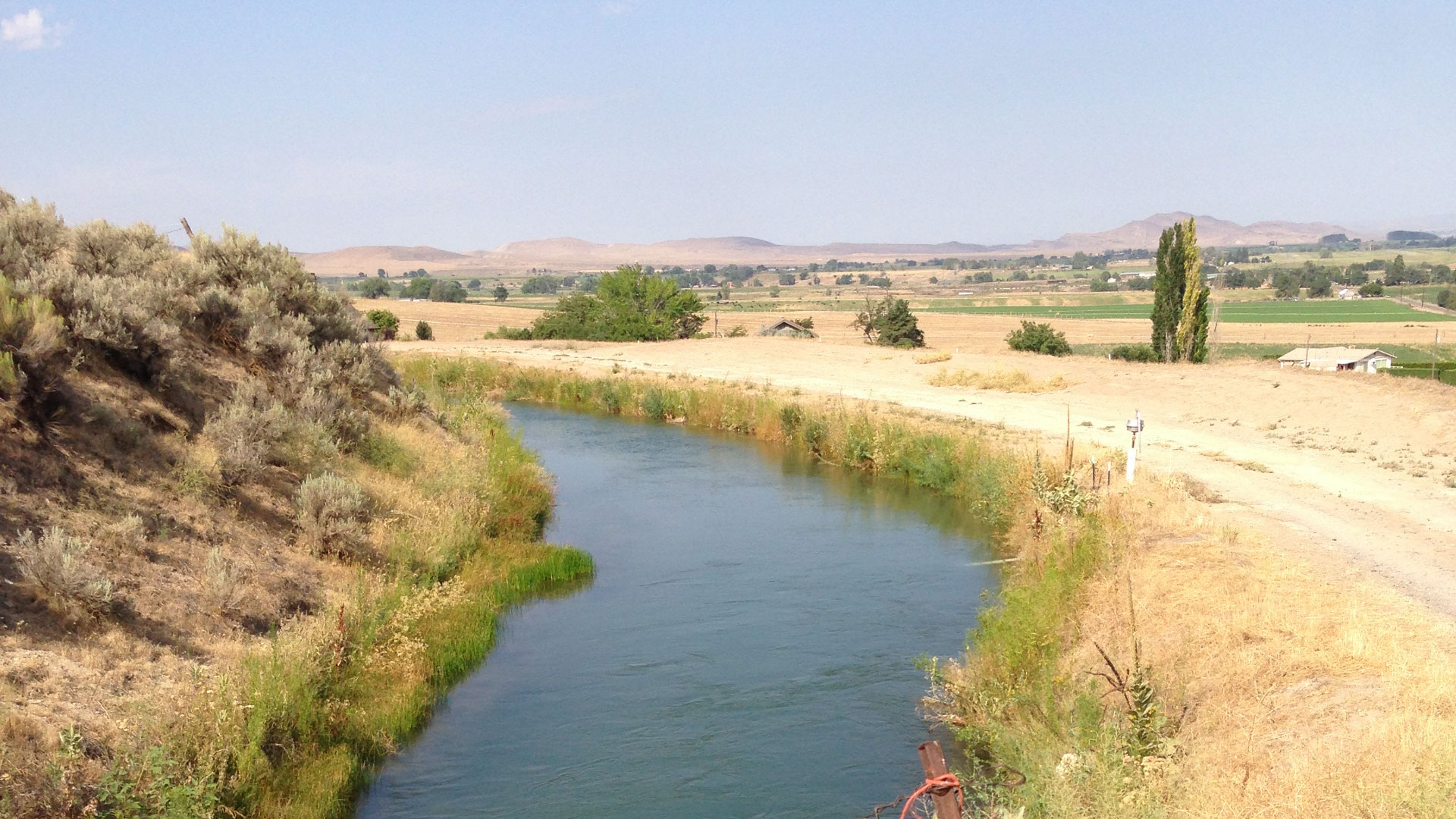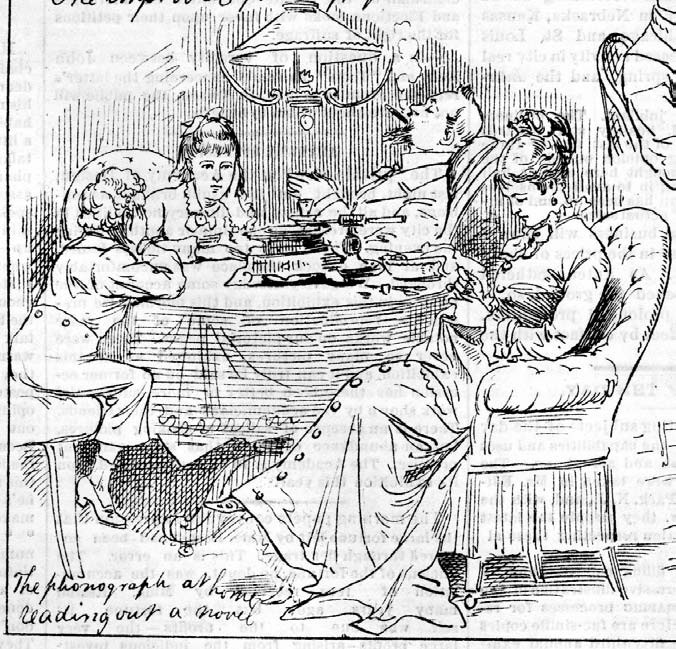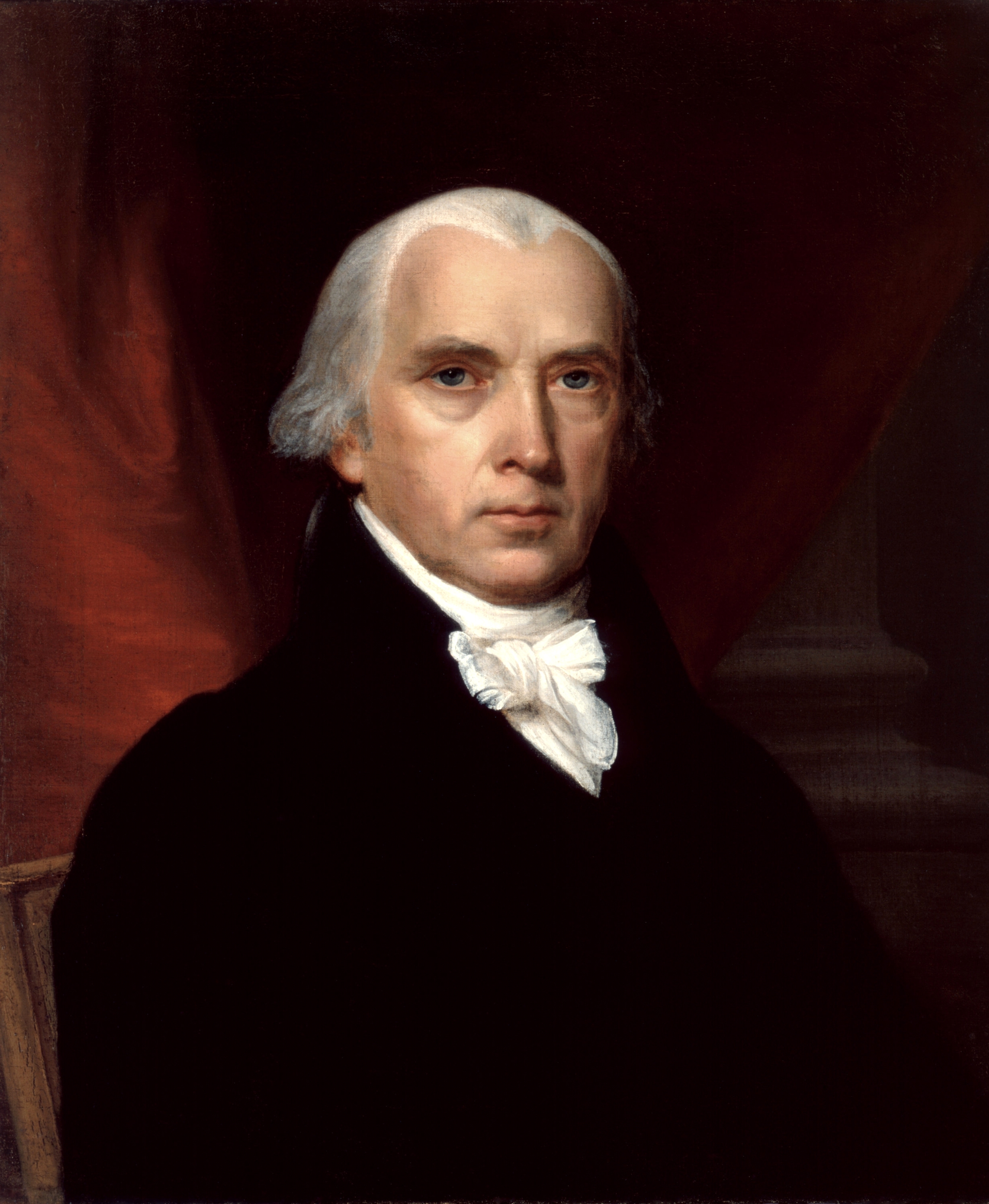|
Nampa Public Library
The Nampa Public Library is located in historic downtown Nampa, Idaho at 215-12th Avenue South. The library is a member of the Lynx! Consortium of libraries in the Treasure Valley. The library offers materials in a variety of formats including books, magazines, audiobooks, CDs, VHS tapes, DVDs, eAudiobooks and a variety of databases. Fourteen Internet computers are available on a first come-first-served basis. Except during holidays or unusual events, the library is open Monday through Saturday and closed on Sunday. In fiscal year 2006, the library had over 290,000 customer visits, averaging 968 per day, and a collection of over 143,000 items. In 2011, the average customer visits were over 1100 per day. Nampa Public Library employs 17 full-time employees, and 17 part-time employees. 5 staff members hold master's degrees in librarianship. History The Nampa Public Library has served the Nampa community in various ways since 1900. Until a building was completed, the Woman's C ... [...More Info...] [...Related Items...] OR: [Wikipedia] [Google] [Baidu] |
Nampa, Idaho
Nampa () is the largest city in Canyon County, Idaho. Its population was 100,200 at the time of the 2020 Census. It is Idaho's third-most populous city. Nampa is about west of Boise along Interstate 84, and six miles (10 km) west of Meridian. It is the second principal city of the Boise metropolitan area. The name "Nampa" may have come from a Shoshoni word meaning either moccasin or footprint.The Origin of the Name Nampa , May 1965 History Nampa had its beginnings in the early 1880s when the[...More Info...] [...Related Items...] OR: [Wikipedia] [Google] [Baidu] |
Treasure Valley
The Treasure Valley is a valley in the western United States, primarily in southwestern Idaho, where the Payette, Boise, Weiser, Malheur, Owyhee, and Burnt rivers drain into the Snake River. It includes all the lowland areas from Vale in rural eastern Oregon to Boise, and is the most populated area in Idaho. Historically, the valley had been known as the Lower Snake River Valley or the Boise River Valley. Pete Olesen, president of the valley's association of local Chambers of Commerce, coined the name "Treasure Valley" in 1959 to reflect the treasure chest of resources and opportunities that the region offered. History Settling the region The tribes that roamed the area, specifically, were the Northern Paiute and Shoshone. In 1834, Thomas McKay built the original Fort Boise, in the area near present-day Parma, which was run for a time by Francois Payette. It later was moved because of flooding troubles and was abandoned in 1854. The Oregon Trail runs through the Treasure Va ... [...More Info...] [...Related Items...] OR: [Wikipedia] [Google] [Baidu] |
Audiobook
An audiobook (or a talking book) is a recording of a book or other work being read out loud. A reading of the complete text is described as "unabridged", while readings of shorter versions are abridgements. Spoken audio has been available in schools and public libraries and to a lesser extent in music shops since the 1930s. Many spoken word albums were made prior to the age of cassettes, compact discs, and downloadable audio, often of poetry and plays rather than books. It was not until the 1980s that the medium began to attract book retailers, and then book retailers started displaying audiobooks on bookshelves rather than in separate displays. Etymology The term "talking book" came into being in the 1930s with government programs designed for blind readers, while the term "audiobook" came into use during the 1970s when audiocassettes began to replace phonograph records. In 1994, the Audio Publishers Association established the term "audiobook" as the industry standard. H ... [...More Info...] [...Related Items...] OR: [Wikipedia] [Google] [Baidu] |
The Joy Of Gay Sex
''The Joy of Gay Sex'' is a sex manual for men who have sex with men by Charles Silverstein and Edmund White. The book was first published in 1977. The original print run was for 75,000 copies. The book has been translated into French, German, Italian, Swedish, and Japanese. The 207-page book served as a how-to guide "with chapters on blowjobs, cruising and dirty talk, a gay Kama Sutra with suggested sex positions like 'the crab' and a cultural guide with non-sexual chapters on the realities of coming out, gay politics, racism and more." It is celebrated for its sex-positive tone. In his memoir, Silverstein wrote that they wanted the book to "have a wider focus than just sex, that it should also advise the reader about life in the gay community and the majority of passages in the finished book were of a nonsexual nature." The book was partially dedicated to the writer and activist Chris Cox. Silverstein was White's therapist when the publisher offered him the job as co-writer. ... [...More Info...] [...Related Items...] OR: [Wikipedia] [Google] [Baidu] |
The Joy Of Sex
''The Joy of Sex'' is a 1972 illustrated sex manual by British author Alex Comfort. An updated edition was released in September 2008. Overview ''The Joy of Sex'' spent eleven weeks at the top of the ''New York Times'' bestseller list and more than 70 weeks in the top five (1972–1974). The original intention was to use the same approach as such cook books as ''The Joy of Cooking'', hence section titles include "starters" and "main courses". The book features sexual practices such as oral sex and various sex positions as well as bringing "further out" practices such as sexual bondage and swinging to the attention of the general public. The original version was illustrated with specially commissioned illustrations by Chris Foss (black-and-white line drawings) and Charles Raymond (colour paintings) mixed with classical Indian and Japanese erotica to emphasize historical precedents for erotic illustration, out of concern of possible obscenity suits. [...More Info...] [...Related Items...] OR: [Wikipedia] [Google] [Baidu] |
Nampa City
The Namibia Press Agency (NAMPA) is the national news agency of the Republic of Namibia. It was founded in 1987 under the name Namibia Press Association as a SWAPO partisan press agency, and resuscitated after independence under its current name in 1991. Its operation is regulated by the Namibia Press Agency Act of 1992.Rothe, Andreas (2010): Media System and News Selection in Namibia. p. 70 The state owned agency is responsible for news distribution and picture services to local and international customers. Up until now, the agency offers text and picture services, but no audio or video material. About 20 journalists and 30 other staff members work for NAMPA. Aside from its Windhoek headquarters, the agency has offices in Swakopmund, Gobabis, Ongwediva/ Oshakati, Opuwo and Rundu. Most media in Namibia rely on the services of NAMPA, especially for international news. In October 2002, the Committee to Protect Journalists asserted that NAMPA has "...long practiced self-censorsh ... [...More Info...] [...Related Items...] OR: [Wikipedia] [Google] [Baidu] |
Terry White (attorney)
Terrence Anthony White (born 3 September 1936) is an Australian pharmacist, businessman, and former politician. White achieved notoriety when, as Queensland state leader of the Liberal Party he terminated the longstanding coalition agreement between the Liberal Party and the National Party of Joh Bjelke-Petersen. In the ensuing election, the Liberals were badly defeated, and White was replaced as party leader. After leaving politics, he established TerryWhite Chemmart, a nationwide pharmacy franchise, and became a widely respected businessman. In 2006, White was appointed an Officer of the Order of Australia. In 2012, White was a recipient of the Queensland Greats Awards. Early life White was born in 1936, and received his initial education at the Sisters of Mercy convent in Sandgate, and St. Columban's at Albion. White showed ambition from a young age, attempting to enroll himself at Nudgee College without telling his parents so that he could receive a good education ... [...More Info...] [...Related Items...] OR: [Wikipedia] [Google] [Baidu] |
First Amendment To The United States Constitution
The First Amendment (Amendment I) to the United States Constitution prevents the government from making laws that regulate an establishment of religion, or that prohibit the free exercise of religion, or abridge the freedom of speech, the freedom of the press, the freedom of assembly, or the right to petition the government for redress of grievances. It was adopted on December 15, 1791, as one of the ten amendments that constitute the Bill of Rights. The Bill of Rights was proposed to assuage Anti-Federalist opposition to Constitutional ratification. Initially, the First Amendment applied only to laws enacted by the Congress, and many of its provisions were interpreted more narrowly than they are today. Beginning with ''Gitlow v. New York'' (1925), the Supreme Court applied the First Amendment to states—a process known as incorporation—through the Due Process Clause of the Fourteenth Amendment. In '' Everson v. Board of Education'' (1947), the Court drew on Thomas ... [...More Info...] [...Related Items...] OR: [Wikipedia] [Google] [Baidu] |
Library Buildings Completed In 1908
A library is a collection of materials, books or media that are accessible for use and not just for display purposes. A library provides physical (hard copies) or digital access (soft copies) materials, and may be a physical location or a virtual space, or both. A library's collection can include printed materials and other physical resources in many formats such as DVD, CD and cassette as well as access to information, music or other content held on bibliographic databases. A library, which may vary widely in size, may be organized for use and maintained by a public body such as a government; an institution such as a school or museum; a corporation; or a private individual. In addition to providing materials, libraries also provide the services of librarians who are trained and experts at finding, selecting, circulating and organizing information and at interpreting information needs, navigating and analyzing very large amounts of information with a variety of resources. Li ... [...More Info...] [...Related Items...] OR: [Wikipedia] [Google] [Baidu] |
Carnegie Libraries In Idaho
Carnegie may refer to: People *Carnegie (surname), including a list of people with the name *Clan Carnegie, a lowland Scottish clan Institutions Named for Andrew Carnegie *Carnegie Building (Troy, New York), on the campus of Rensselaer Polytechnic Institute *Carnegie College, in Dunfermline, Scotland, a former further education college *Carnegie Community Centre, in downtown Vancouver, British Columbia * Carnegie Council for Ethics in International Affairs *Carnegie Endowment for International Peace, a global think tank with headquarters in Washington, DC, and four other centers, including: ** Carnegie Middle East Center, in Beirut ** Carnegie Europe, in Brussels ** Carnegie Moscow Center *Carnegie Foundation (other), any of several foundations *Carnegie Hall, a concert hall in New York City *Carnegie Hall, Inc., a regional cultural center in Lewisburg, West Virginia * Carnegie Hero Fund * Carnegie Institution for Science, also called Carnegie Institution of Washington ... [...More Info...] [...Related Items...] OR: [Wikipedia] [Google] [Baidu] |
Public Libraries In Idaho
In public relations and communication science, publics are groups of individual people, and the public (a.k.a. the general public) is the totality of such groupings. This is a different concept to the sociological concept of the ''Öffentlichkeit'' or public sphere. The concept of a public has also been defined in political science, psychology, marketing, and advertising. In public relations and communication science, it is one of the more ambiguous concepts in the field. Although it has definitions in the theory of the field that have been formulated from the early 20th century onwards, and suffered more recent years from being blurred, as a result of conflation of the idea of a public with the notions of audience, market segment, community, constituency, and stakeholder. Etymology and definitions The name "public" originates with the Latin ''publicus'' (also '' poplicus''), from ''populus'', to the English word 'populace', and in general denotes some mass population ... [...More Info...] [...Related Items...] OR: [Wikipedia] [Google] [Baidu] |
Buildings And Structures In Canyon County, Idaho
A building, or edifice, is an enclosed structure with a roof and walls standing more or less permanently in one place, such as a house or factory (although there's also portable buildings). Buildings come in a variety of sizes, shapes, and functions, and have been adapted throughout history for a wide number of factors, from building materials available, to weather conditions, land prices, ground conditions, specific uses, prestige, and aesthetic reasons. To better understand the term ''building'' compare the list of nonbuilding structures. Buildings serve several societal needs – primarily as shelter from weather, security, living space, privacy, to store belongings, and to comfortably live and work. A building as a shelter represents a physical division of the human habitat (a place of comfort and safety) and the ''outside'' (a place that at times may be harsh and harmful). Ever since the first cave paintings, buildings have also become objects or canvasses of much art ... [...More Info...] [...Related Items...] OR: [Wikipedia] [Google] [Baidu] |





